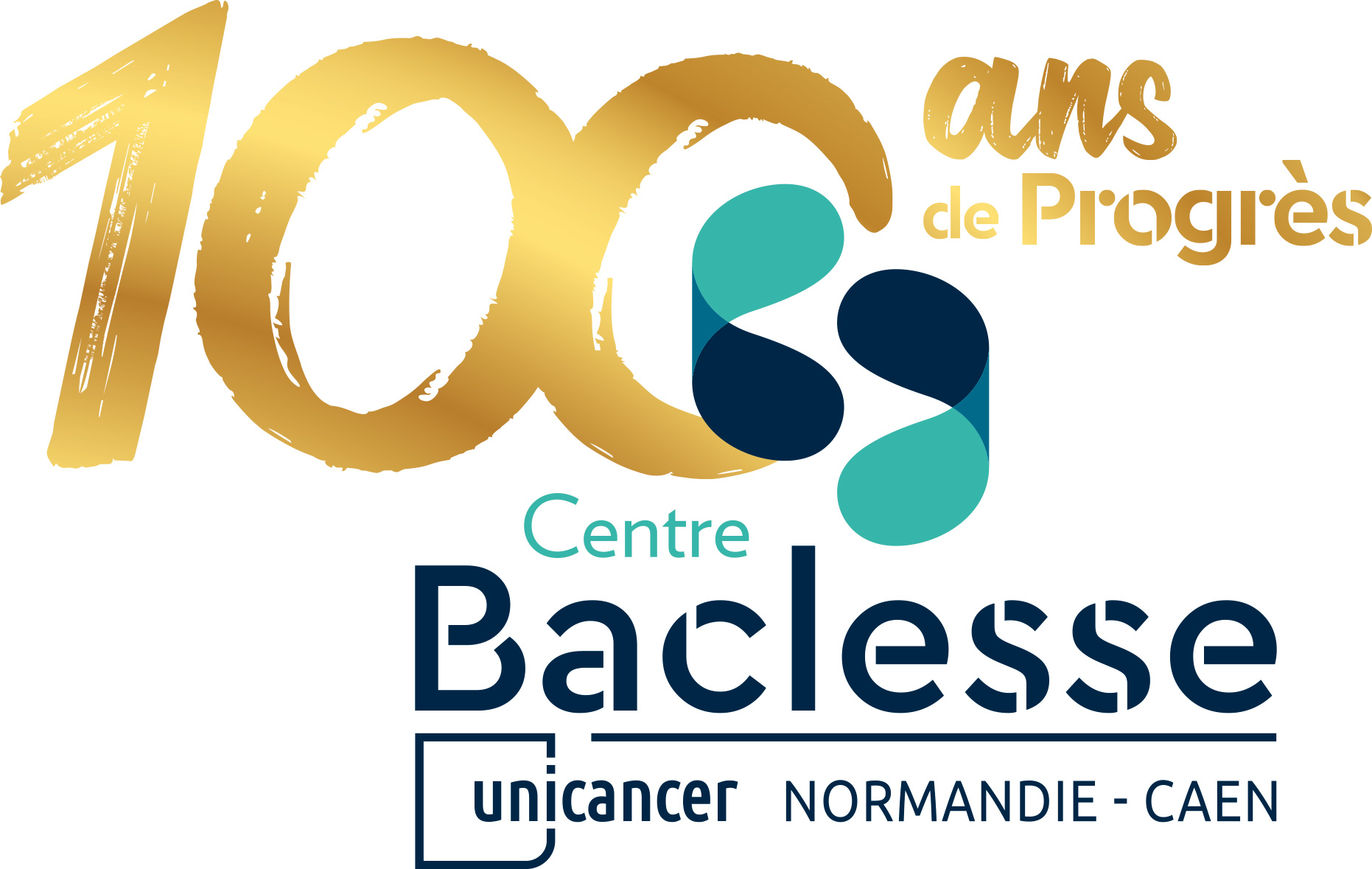Radiotherapy is a treatment modality which is often used to treat cancer. It makes use of ionising beams, just like diagnostic radiology (chest X-ray, CT scan, etc.), but in higher doses. These doses are measured in Grays (Gy).
The principles of radiotherapy
The two fundamental principles of radiotherapy are:
- to deliver a sufficient dose to the targeted organ, either after removing the tumour (surgery) or on the tumour in order to destroy it,
- to spare as much surrounding healthy tissue as possible (skin, muscles, but also noble organs such as the liver, digestive tube, etc.).
What is radiotherapy used for?
It can be used in curative settings, aimed at patient recovery
- either in association with other treatment modalities, most often after surgery. In these cases, it lowers the risk of recurrence.
- or exclusively (more or less associated with concomitant chemotherapy). This enables the tumour to be directly destroyed, without surgery.
It can also be used in symptomatic and palliative settings
This enables one or several inoperable cancer lesions to be treated locally, in an aim to improve the associated symptoms.
We can differentiate radiotherapy:
- To relieve pain (antalgic radiotherapy), generally administered in a few sessions over two weeks, to a painful lesion.
- To recover from or to avoid paralysis (decompressive radiotherapy), also in a few sessions over two weeks, administered to a lesion compressing spinal cord or a nerve root.
- ‘Closing’ radiotherapy, when a few tumour lesions grow, despite chemotherapy. This radiotherapy is most often targeted (stereotactic radiotherapy).
In all cases, the delivered dose and the exact number of sessions are calculated on a case-by-case basis.
What happens during a radiotherapy session? What are the different techniques?
Radiotherapy is referred to as EXTERNAL when the source of ionising radiation is located at a distance from the patient. This requires for a CT scan to be performed within the radiotherapy department in order to precisely locate the lesion and to target radiation towards the zone to be treated.
Several techniques are available:
- Standard conformal radiotherapy,
- Stereotactic radiotherapy (Cyberknife®),
- Proton Therapy
There is a more detailed information sheet for each of the radiotherapy techniques mentioned.
Radiotherapy is referred to as INTERNAL, when the source of ionising radiation is placed directly on the zone to be treated. This technique includes:
- Intrabeam®,
- Brachytherapy.
There is a more detailed information sheet for each radiotherapy technique.
Technical constraints, safety measures
The study of the biological effects of ionising radiation demonstrates that any under-dosage beyond 5% increases the risk of cancer recurrence, whilst an overdose in excess of 5% is likely to provoke serious clinical complications. Medical physicists, radiation oncologists and radiotherapy technicians work together to ensure treatment safety and efficacy.
Radiotherapy is a personalised treatment modality, adapted to suit the anatomy of each patient and the type of tumour. Sometimes, parts of the body need to be immobilised within a tailor-made mould. The CT scan is systematically conducted in the same position as the one to be adopted during each radiotherapy session. As such, the machine settings (based on the same CT scan) perfectly match the patient’s true position during sessions.
Each treatment is validated by a doctor and a medical physicist, before the start of the session.
The patient’s correct positioning on the treatment machine is controlled several times per week by means of X-rays (or CT scans) conducted immediately prior to the session. In the same way, the dose delivered during a session is also controlled by means of a sensor placed on the patient.
What are the side effects?
Side effects depend on the treated zone, the employed technique and the delivered dose. They appear exclusively on the part of the body receiving radiation (superficial and internal), and never on other zones. They will be explained to you during your initial consultation.
There are two types of side effects:
- Those that occur during radiotherapy, and that spontaneously disappear over the following weeks.
- Those that occur after radiotherapy, and that do not spontaneously disappear. They can appear years after the end of radiotherapy.
Here are a few examples of common side effects:
| SKIN | Redness, sensations of heat that can be painful. Sun protection is to be used (sunscreen throughout the entire year after the end of radiotherapy). |
| HEAD and BODY HAIR | Partial or total loss. Loss of head hair is often difficult to cope with psychologically and can be compensated through the use of a scarf or a wig. |
| LOWER STOMACH and PELVIS | Diarrhoea, stomach pain, frequent need to urinate, etc. |
| TRUNK | Coughing, expectoration, mimicking viral bronchitis. |
Use no cream and take no medication without advice from the radiotherapy department, for they may increase side effects. Talk to your care team who will be happy to propose solutions.
